This is one of a series of blogs about the changing B2B Go-To-Market landscape. You can check out the others in the series at the bottom of this piece.
Brand is back and we’ve been banging on about it for ages.
So much so that we wrote a whole dang manifesto about it. And in it, Jon Miller (the founder CEO of Marketo and Engagio and most recently CMO at B2B Go-To-Market powerhouse Demandbase) makes the case for investing big in it.
How big? As much as 40% of your marketing resources. If you’re in the business of diverting most of your resources to demand gen (which, if you’re a marketer in 2024, is likely), that’s a terrifying figure.
But re-prioritizing brand is about more than siphoning resources towards big bang activities like hero videos and experiential installations. You can achieve big results with the aggregated gains of small, tactical wins that involve the entire business.
Your brand is an open promise you make to the world — about who you are, your beliefs, and what it’s like to work with you. And that often starts with the marketing team. But how you follow through on that promise touches every part of your business.
It’s the way you look and sound. It’s what you say. It’s how you sell. It’s what (and how) your pricing model works. It’s how easy you make things. It’s how helpful you are. It’s how you look after your customers.
It’s not just for prospects either. It’s for existing customers too.
Sure, brand recall is important for prospects who will one day be in-market for your product or service, as it helps guide them towards you (and differentiates you from the competition).
But a strong brand is critical for existing customers too. It increases mind share, trust and reduces churn. It makes people feel good about spending more — time and again.
As brand makes its way back into the spotlight, how can you support your bigger, sexier awareness projects with smaller moves that help drive a consistent and elevated brand experience across every touchpoint?
We’ve got some ideas. 8 of them, to be precise.
8 things you can do to build your brand (that isn’t traditional brand awareness)
If you’re looking for nifty little ways to create a clear, compelling brand, you can start right away. How? By smuggling them into other people’s budgets.
Because brand isn’t just about big, splashy marketing campaigns. It’s a series of moments to connect with your customers. It’s every touchpoint you have with your audience (and we really do mean every single one).
Get this right, and your prospects and customers will want to spend more time with you. Make these moments intentional, seamless, and downright lovely, and people will feel it.
These might seem like small moves, but they’ll make your big swings more effective. Because the thing is, if there’s a disconnect between what you do and what you say, people will also feel it.
Here, we’re suggesting eight things you can do to start building your brand today. Ready? Let’s go.
- Make every interaction about values
Every customer touchpoint is an opportunity to leave your customers with a feeling. How can you get more intentional about what those feelings are?
The lofty brand values in your marketing strategy decks are only worth a damn if the people talking to your customers embrace them. For that to happen, your values have to feel authentic, accessible and high–utility — it should be self-evident that when you apply brand values to a customer conversation, that conversation goes better for everyone.
That might mean validating that your brand values actually resonate (rather than give people the ick). It almost certainly means providing specific examples that show (rather than tell) your customer-facing folks what those values look like in practice. Zoom into difficult interactions to stress-test them — what does “friendly” and “approachable” look like when you’re handling a complaint? - Align your product offerings with your purpose
Say sustainability is a core pillar of your brand. What are the material effects of that across your company? Does it impact the suppliers you work with? Your supply chain? Your sourcing of materials and talent?
A strong brand is about clear choices — it’s a clear decision that some things are more important than other things. Those choices often carry costs. The more you commit to those choices, the more you send a signal to your customers that you’re a company with the integrity to follow through on your promises. - Create a company culture that lives and breathes your beliefs
The saying goes that your brand is what people say about you when you’re not in the room. But it’s also true that your brand is how your people behave when they aren’t being stage-managed — both with customers, and towards each other.
Brand and culture are (or at least, should be) deeply entwined — and the resources you invest to bring them closer together pay a huge dividend when your people join the dots by themselves. Reward the behaviors you want to see. Make a big fuss of folks that embody the brand you want to take into the world. Shine a light on your wins and start building a community that people opt into by themselves. - Create customers who’ll sing your praises (and your brand message)
There’s no better sales force than your existing customers. Referrals and word of mouth recommendations can completely bypass the marketing defense barriers of your prospects. And you guessed it: that’s a brand challenge.
So think about how your customers talk about you to other people. If you’ve communicated the right message to them, they’ll pass it on. You can intentionally enrich your referral strategy with a content series that makes a hero of your best customers, making them feel valued by shining the spotlight on them for a change. You could also focus on creating more of a customer community through events and forums. If they feel a part of something good, they’re more likely to pass it on. - Make the microcopy sing everywhere
Do a pass over all the microcopy on your website and in your product interfaces. Make sure that every word is working hard to convey some fun and energy. Creating mojo in unexpected places gives a little nod to what you’re about, and will differentiate you from the crowd.
Think about your user journeys to find the most high value places. From there, you can identify any points of friction that can be solved by microcopy that conveys you’re a human brand who understands both your customers’ needs and any uncertainties they might have at certain parts of their journey with you. That might be a 404 page, an unsubscribe email, a hover state or a small pop–up explainer, or even your FAQs — anything that shows you understand their state of mind as they journey through your content and use your products. - Create ambassadors out of your company’s leaders
People don’t behave like good little prospects when they research you – heading straight to your homepage, solutions, social proof and demo. They prod around in weird places, sift through your social media and look up the digital footprint of your senior leadership. So leave them something to find that inspires confidence and intrigue.
Help the most visible people in the leadership team develop public profiles that act as an extension of your brand. This might mean encouraging them to talk at events on relevant topics, or simply showing a bit of personality on social media. It’s important to let them do this on their own terms for it to feel authentic. Visible ambassadors send important signals about what you’re about and why what you do matters, and is often the first port of call for prospects and future employees when doing their research. - Brandify every piece of your content
If you want a cohesive brand, you need to think beyond the big swings. Consistency within the smaller aspects of your brand adds up to confidence in the overall vision — and conversely, disorganization can undermine all the other big moves you’ve made. Therefore every piece of content is a branding opportunity.
We don’t just mean your website or social media. Email signatures, headers for LinkedIn profiles, even invoices you send to customers can work hard to showcase your brand identity. Don’t miss an opportunity to prove who you are whenever you can. - Think about where customers spend time with you and meet them there
Think about where customers learn how to get the most from you and make sure you’re sending the right signals. This could be onboarding, learning and development, quarterly business reviews, dashboards or customer support.
Learning moments are uniquely powerful — it’s customers seeking out help in a way that’s divorced from profit motive. They’re therefore all huge loyalty builders. Brand isn’t something you make people aware of once to get them to sign a contract. It’s value you prove over and over again.
Start small, start now
Connecting your brand to the rest of your business is about making brand (as Udi Ledergor calls it) “an all company sport.”
It’s about changing the way your entire business works — from the way you interact with customers to the way your teams interact with each other.
Because brand is the embodiment of who you are as an organization. It’s not enough to signpost it, you have to live it.
Start small and your bigger brand projects will have real follow through. It’ll make you better known to the people who haven’t bought from you yet, tip the scales in your direction when they come to sign on the dotted line, and keep your existing customers loyal.
If your brand is a promise, these little moves are a way to show that you intend to keep it.

Creative Director
Luke is our Creative Director, overseeing Velocity’s strategy, writing, design and digital output. He specialises in helping clients take brands, stories and campaigns to market that coax buyers out of hiding. He’s been working in B2B tech marketing for 12 years. He spent the first six shamelessly stealing from everything that Velocity Partners published, and then joined the agency in 2017 to start making stuff worth stealing.
Published in:
b2b-marketing
b2b-seo
digital-marketing

Enjoyed this article?
Take part in the discussion
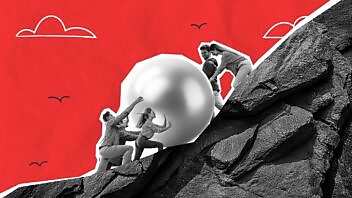



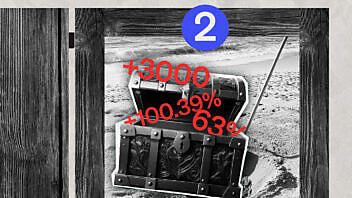


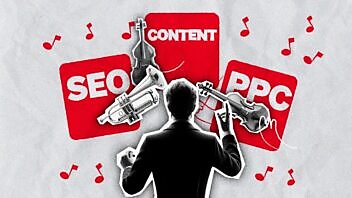
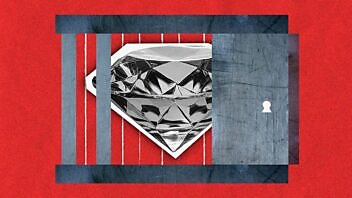
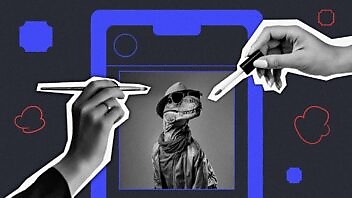








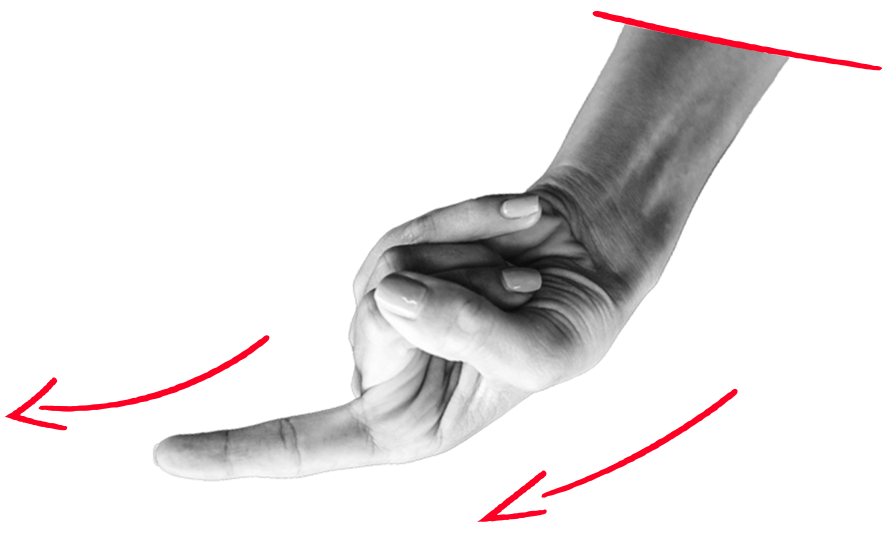

Comments
There are no comments yet for this post. Why not be the first?